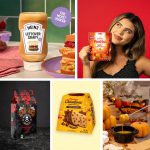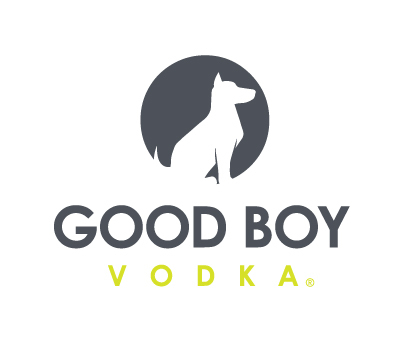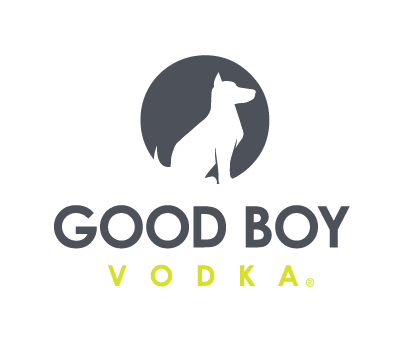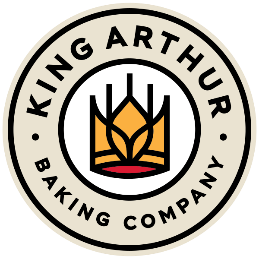Your Big Merger Playbook: Hookups Can Have Ramifications, Here’s What They Are
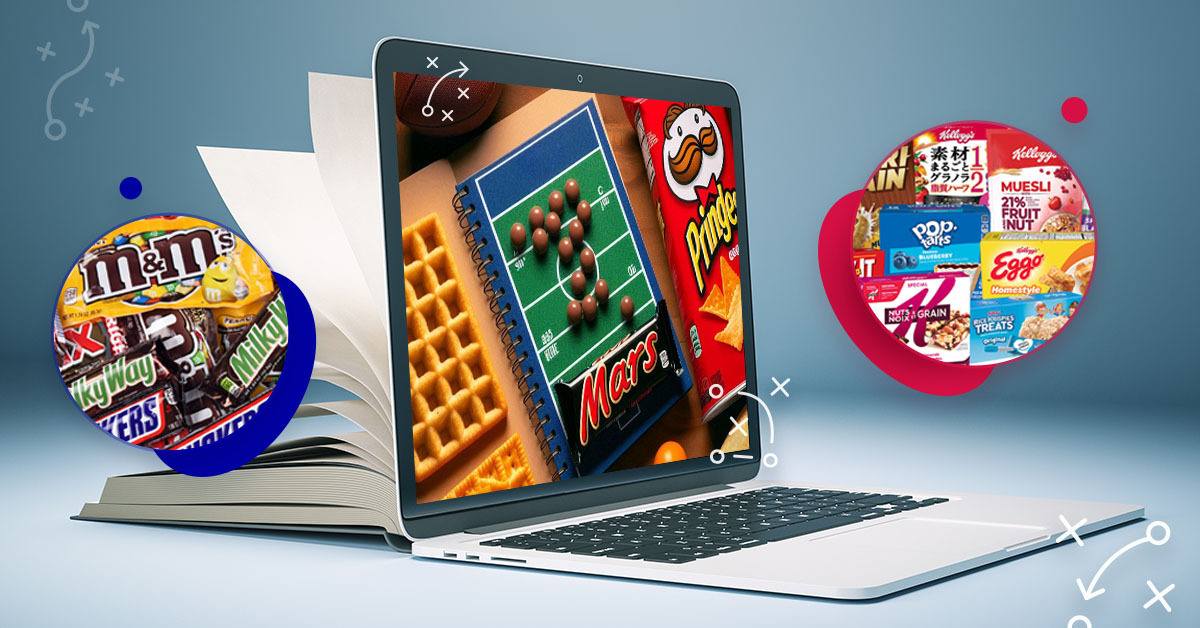
For a summer without a whole lot of financial news, the rumored buyout of snacking giant Kellanova by legacy candy maker Mars hit like Hurricane Debby. The potential for a company with an estimated combined revenue of $60 billion, after all, carries a lot of crosswinds.
And while everyone loves a big merger, at the entrepreneurial level, it’s often hard to parse out how it might change the stakes. Especially as corporate VC plays have dropped precipitously, leaving early-stage entrepreneurial brands to work with institutional investors, most of the moving parts in these two players are old and slow: Kellanova is a stable of older, bakery-based warhorses, including Pringles, Cheez-Its, Pop-Tarts and Nutrigrain bars; only RXBAR, purchased (and, many say, fumbled) in 2017, is of recent vintage. Comparatively, privately held Mars – home of M&M’s, Snickers, and lots of other tasty candy – has bought a few smaller brands, but it has largely stuck to the sweet stuff, buying a few PE-backed fast-growth brands, like Nature’s Bakery and Tru Fru, along with its majority stake in the better established KIND.
Still, a big deal would certainly have repercussions – the tie-up of Dr Pepper Snapple Group and Keurig Green Mountain in 2018, for example, continues to reverberate from the perspective of partnerships with growth brands – it’s just a matter of time. So what should you watch out for as the owner of one of those brands? We checked with experts around food and beverage to understand some of the things that smaller brands should clock into when the whales start their mating dance.
In terms of opportunity:
- Distribution may open up, according to Kaumil Gajrawala, a longtime beverage industry analyst with Jefferies. “Let’s say the purchaser wants to put the target company into their distribution,” Gajrawala said. “So for anything lost, there’s a void that needs to be filled.” Example? Look at the Bang deal with PepsiCo, which allowed Celsius to move into the beer distribution network that Bang largely abandoned (and then look at the brands that moved into those same beer distributors when Celsius ultimately moved in to replace Bang at PepsiCo).
- In those places where smaller brands compete with the bigger ones, there’s the potential to take advantage of the fog of integration that tends to accompany these deals for about a year to 18 months, says Tony Rhie, a partner in Alliance Consulting Group, who works with corporate CPG firms on strategy and growth. According to Rhie, it’s a good time to focus on servicing your key accounts with a “small shop, better service,” kind of approach. The two big companies need to combine everything from billing software to procurement – let alone the dreaded “strategic review.” That means there are often tactical opportunities, especially in incubation retail channels like natural and even mainstream grocery: “Even if I was going into Walmart,” Rhie said, “If the company I was with was working with Walmart, I might say, ‘there’s a good opportunity they’re going to lose their eye on the ball – we’re here for that.’”
- Your category may heat up – if the acquired company decision validates it. So for a Kellanova takeover, look at snacks as a potential area where investment might increase down the line. It could be a datapoint for a presentation, if nothing else.
- Don’t underestimate the ability of big companies to screw up their acquisitions. “Sooner or later, they start trying to ‘fix’ things,” which often has negative results, cracks Rifle Hughes, co-founder of Integral CPG, an innovation consulting firm.
- Lean in on your own innovation, and don’t be afraid to present something new, Rhie notes: when companies are combining, innovation budgets often get cut.
In terms of challenges:
- When one of these deals happens, it’s likely that your big box store window will eventually shrink. The ability to get more product on shelf, cheaper, for pantry loading is what drives the assortments at Walmarts, Dollar Generals, and many club stores, notes one analyst.
- A big deal won’t necessarily create a wave of new portfolio needs for insurgent brands, particularly in the current environment, when it comes to strategics, Rhie said, adding that right now VC and PE are more likely sources of growth capital as big acquirers are looking to much higher revenue growth brands (think $200 million instead of $20 million) than they have in the past.
“Chaos is almost always a mixed opportunity,” notes Gajrawala. Indeed, the biggest knock-on effect is often increased competition at the strategic level, which can eventually become good for the entire business.
He cites the merger between Keurig Green Mountain and DPS as one that shuffled the deck for smaller brands, able to start buying into brands and partnerships. The new KDP has certainly done that, he notes, via deals with Electrolit, C4, Athletic Brewing and others, in recent years..
“It created a player who could deploy a lot of cash back into the industry,” he said. “Whether it goes into coffee, refreshment, there is a lot of money available for when they see something they want to scale. It created another buyer that could compete on transactions.”
Could Mars/Kellanova be that next player, eventually throwing off enough money to start scooping up growth brands? It would help if they got the deal done themselves.



